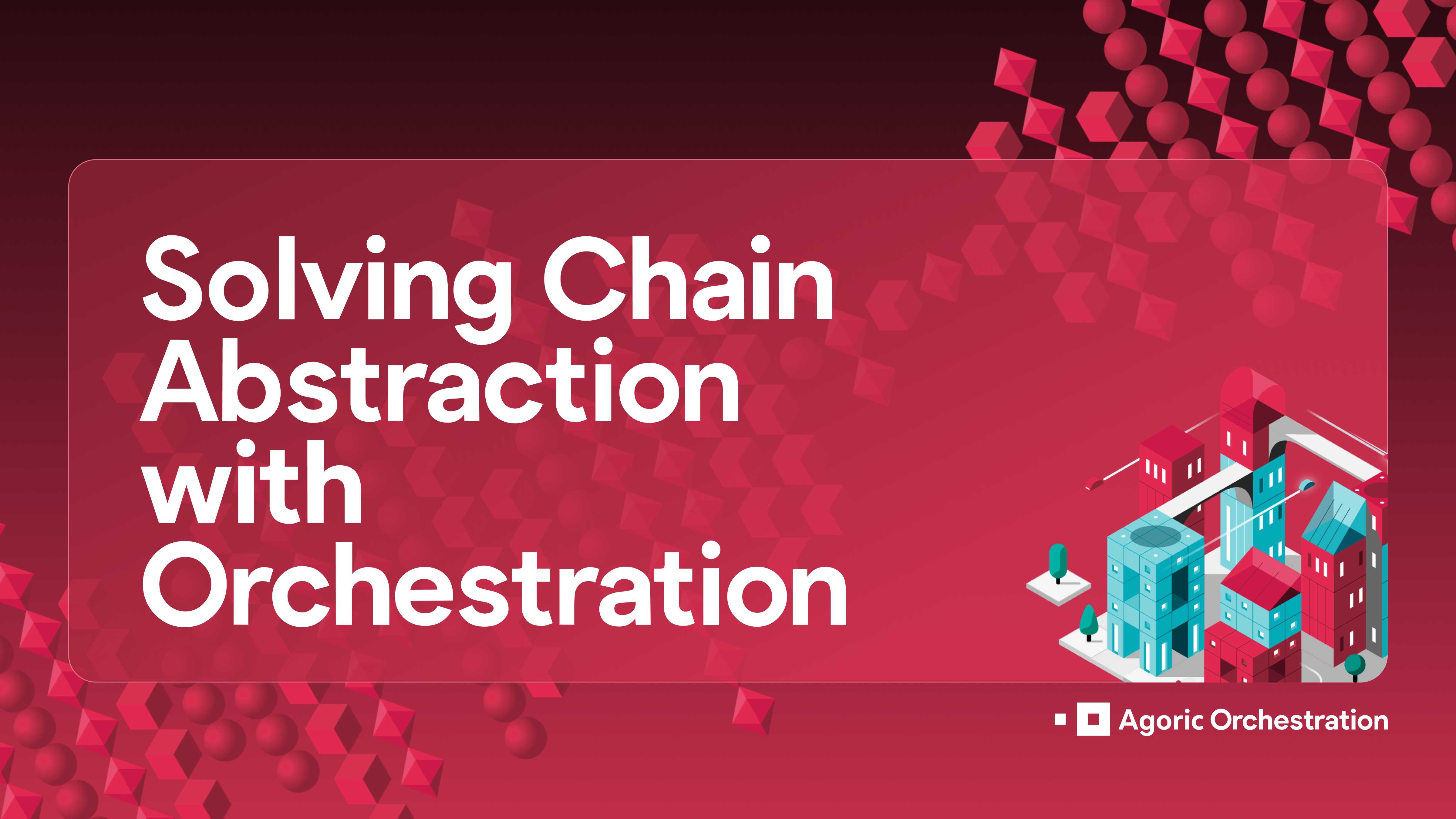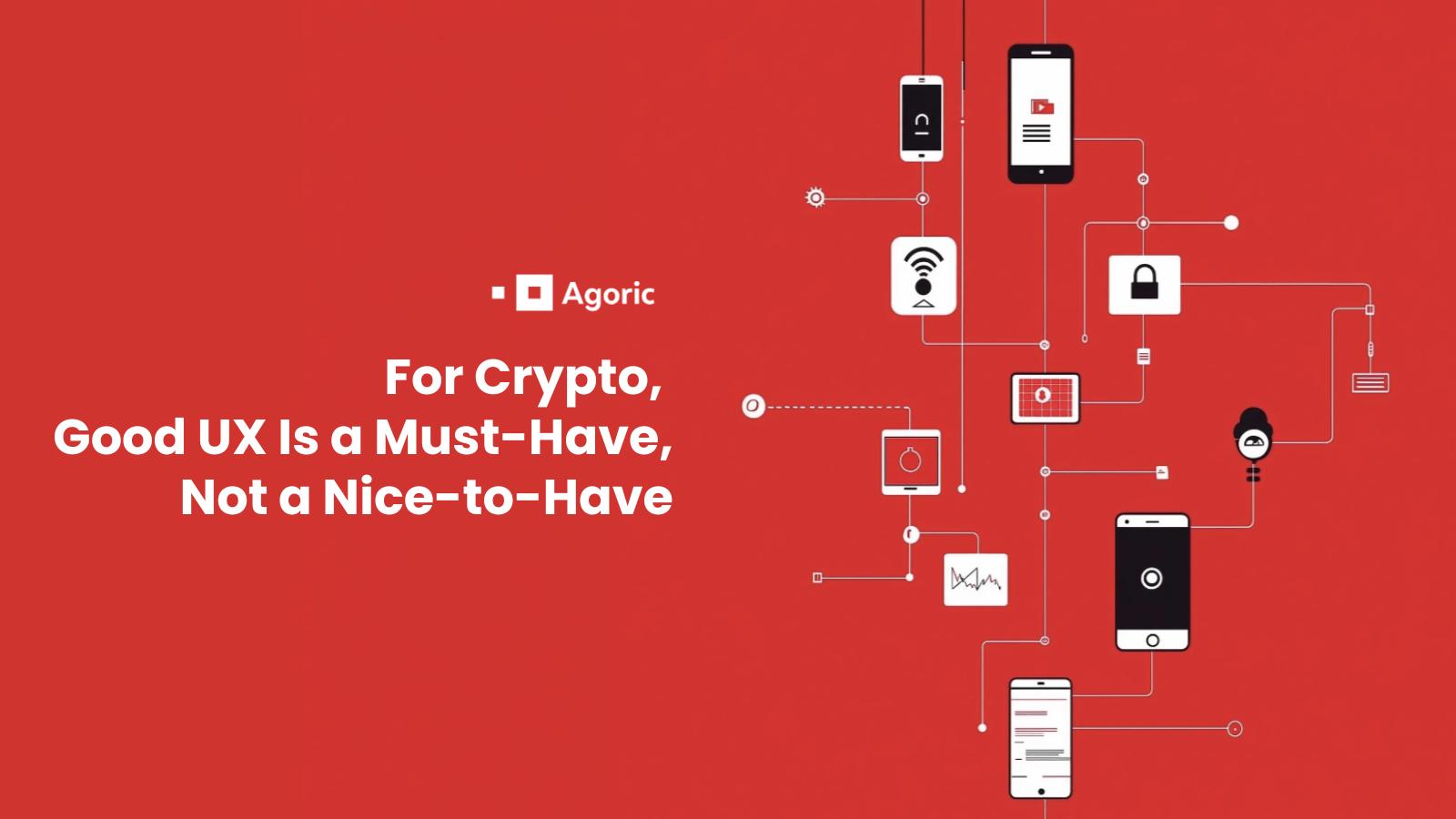Orchestration helps web3 applications solve for chain abstraction beyond just creating seamless user experiences. But what does that really mean?
Chain abstraction is not simply about making things seamless; it’s about transforming a fragmented, multi-chain ecosystem into a unified experience. In today's web3 landscape, almost every interaction or crypto app involves multiple platforms or blockchains. But this multi-chain world risks becoming so complex that it borders on being inaccessible. Users often find their crypto assets trapped within isolated silos, with liquidity fragmented across various blockchains. Today’s applications exist in a fragmented ecosystem that requires multiple wallets, signatures, bridges, and manual transactions—creating friction at every step.
Web3 promises a future where users have unprecedented control over their digital assets and lives. If you’re reading this, you’re likely building something that contributes to that brave new world (and if so, you should check out our Early Access Program!). However, for this promise to become a reality, the user experience needs to be as seamless and rich as possible. This is where chain abstraction and orchestration come into play.
Why Chain Abstraction Matters
It’s clear: users and developers alike need chain abstraction. By hiding the underlying complexities of multiple blockchain interactions, chain abstraction makes web3 feel like a single, unified platform. It’s the bridge between the complex, fragmented world of blockchains and the simple, intuitive experience that more and more users demand. Orchestration is the engine that powers chain abstraction, enabling both users and developers to navigate with ease and take full benefit of the web3 economy.
Orchestration automates the behind-the-scenes work, ensuring that complex workflows across multiple chains are handled smoothly and efficiently. This is more than just a convenience—it’s a necessity for building applications that can scale with user demand and adapt to an evolving blockchain landscape.
Enter Agoric Orchestration
Agoric is uniquely suited to address the challenges necessary for chain abstraction solutions. Unlike traditional approaches that struggle with the inherent complexities of multi-chain processes—such as asynchronous, multi-block transactions—Agoric’s Orchestration API is designed specifically to navigate these hurdles. By offering a powerful set of tools to manage cross-chain operations, Agoric provides developers with the ability to abstract complexity and streamline workflows, creating a seamless experience both for users and developers.
Agoric’s orchestration capabilities are not just another tool in a developer's toolkit; they are a critical component for those looking to build sophisticated, multi-chain applications. The Orchestration API provides a unified interface that simplifies what would otherwise be cumbersome, multi-step processes, allowing developers to focus on building robust, user-friendly applications that can interact smoothly with multiple blockchains.
How Agoric Simplifies Chain Abstraction with Orchestration
Agoric's Orchestration API transforms the fragmented multi-chain landscape into a cohesive experience with features that streamline cross-chain operations, so builders and users can get the full value out of their experiences.
The API offers familiar favorites like token transfers, account management, messaging, and data querying across different blockchains, accelerating development and enhancing user experiences. Orchestration also addresses key challenges that come with building in a multi-chain ecosystem.
Simplification of Cross-Chain Interactions
One of the most significant advantages of orchestration in web3 is the simplification of cross-chain interactions. In a decentralized landscape where multiple blockchains operate independently, achieving interoperability involves overcoming differences in consensus algorithms, transaction finality, and data structures, which can be technically daunting and resource-intensive. The Orchestration API abstracts away these complexities by providing a unified interface that lets devs easily leverage Interchain Accounts (ICAs), IBC (the Inter-Blockchain Communication protocol), and other interoperability tools along with the rest of their stack.
These platforms handle the low-level tasks of encoding/decoding data formats, managing cross-chain message passing, and synchronizing state changes across chains, allowing developers to interact with multiple blockchains without needing to manually implement these intricate processes. This abstraction layer simplifies the development process, enabling developers to focus on higher-level logic and application functionality rather than the intricacies of cross-chain communication.
For example, the API allows applications to initiate and manage ICAs seamlessly, reducing the need for developers to grapple with the nuances of various blockchain protocols. This streamlined process not only accelerates development but also ensures that apps can easily onboard users from a growing number of blockchain ecosystems, widening their potential user base without compromising on user experience.
Here’s an illustrative example showing a cross-chain account creation with the API:

Access to Cross-Chain Liquidity
Another critical benefit is the ability to access liquidity across multiple chains simultaneously. Assets siloed within individual blockchains can limit applications' growth potential. The Orchestration API lets you access these liquidity pockets through a single access point via API calls, enabling apps to tap into diverse markets and resources irrespective of the underlying blockchain! This capability is particularly important for decentralized finance (DeFi) applications, where liquidity is a cornerstone of functionality and user trust.
To illustrate the simplicity, consider our example code above, which can be easily appended with additional API calls to create an account and then use that account to operate on the remote chain, interacting with DeFi protocols or other applications once funded.
By leveraging cross-chain liquidity, apps can offer more competitive services, such as better trading pairs, lower slippage, and enhanced yield opportunities, which in turn attract more users and capital to the platform.
Enhanced Scalability Through Workflow Management
Web3 orchestration also plays a crucial role in enhancing the scalability of decentralized applications. As applications grow in complexity and user demand increases, managing workflows across multiple blockchains becomes increasingly challenging. Orchestration platforms simplify this by providing tools to coordinate and automate these workflows, ensuring that transactions are executed efficiently and at scale.
For instance, Agoric’s orchestration capabilities allow developers to manage complex interchain processes, such as staking, swaps, and other account actions, all within a familiar API framework. This not only reduces the operational overhead for developers but also improves an app’s performance and responsiveness.
Build for the Future of Web3 Today with Orchestration
As web3 continues to evolve, the benefits provided by orchestration platforms will be instrumental in shaping a more connected, scalable, and user-friendly decentralized internet. By lowering the barriers to cross-chain integration, enabling access to broader liquidity pools, and supporting the scalable growth of applications, orchestration is set to become a cornerstone of the next generation of web3 apps.
In this future, developers will be empowered to build more innovative and robust products, while users will enjoy a more seamless and interconnected decentralized experience.
Ready to start building with orchestration? Apply to our Early Access Program for white-glove technical support and financial incentives!


